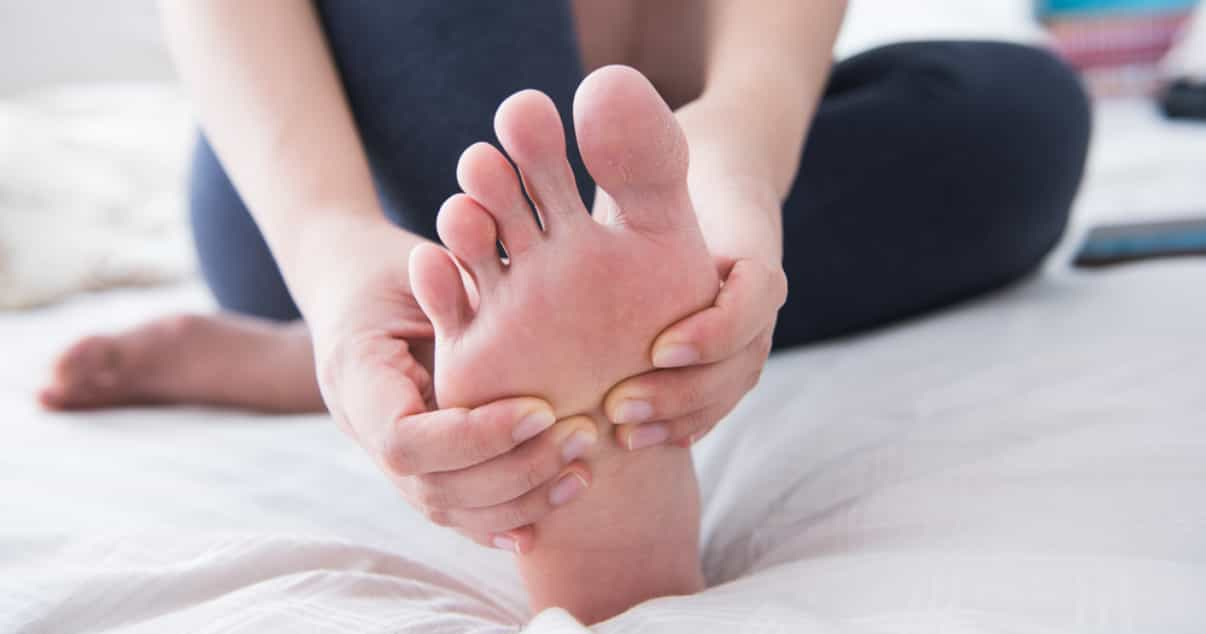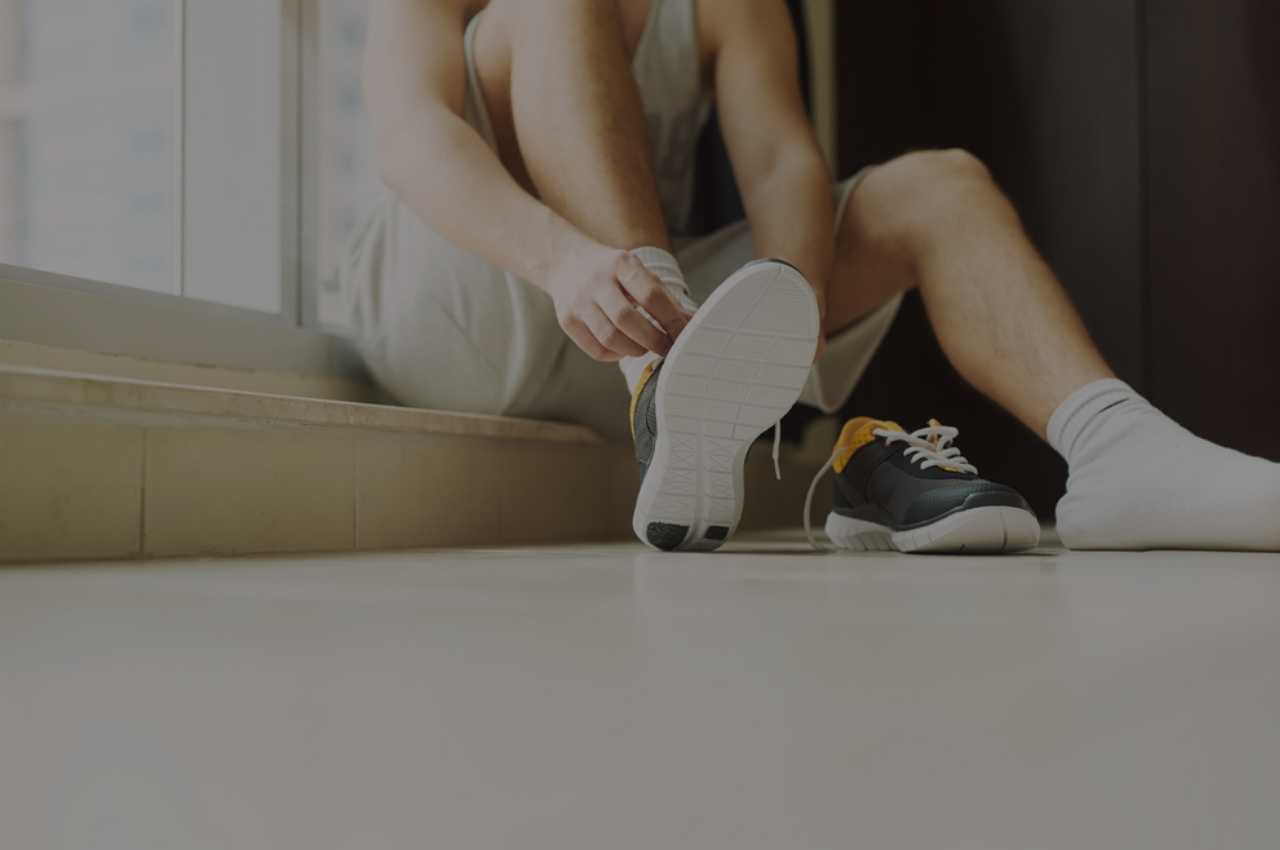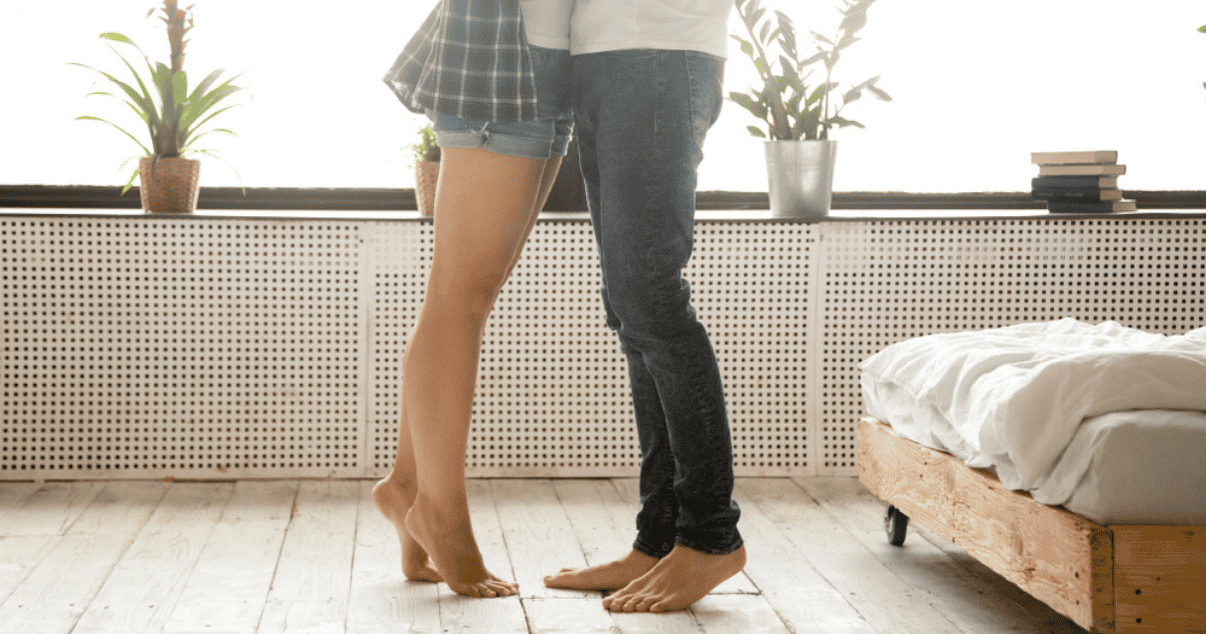As we have mentioned in many of our past blog posts, athlete's foot is a contagious fungal infection. Athlete’s foot spreads easily for many reasons and can spread from person to person or to other body parts of the infected person. If you have an athlete’s foot infection or have had one in the past, it’s important to understand which steps to take to prevent it from spreading. Stopping athlete’s foot from spreading is all part of following a healthy foot care routine.
Athlete's Foot From Others
Since athlete’s foot is highly contagious, it’s easy for the fungal infection to pass from person to person. You can catch or spread athlete’s foot from direct or indirect contact with an infected person.
• Skin-to-skin contact can cause athlete’s foot to spread between people. If your feet happen to touch the feet of an infected person, it’s easy for the foot fungus to take hold. This is common in couples who may share a bed or kids who play barefoot.
• Similarly, if an infected person touches their feet and then yours, you could get athlete’s foot.
• Perhaps the most common way of spreading athlete’s foot is from walking around barefoot in communal areas like changing rooms, swimming pools, and locker rooms.
• It’s easy to spread athlete’s foot through sharing items too. People often catch athlete’s foot from socks and shoes that have been worn by people with the fungal infection.
Check out our tips for washing your shoes effectively to prevent athlete’s foot.
Athlete's Foot From Surfaces
Though sharing is great, there are some things that should never be shared in order to avoid spreading and catching athlete's foot.
• Towels - Damp and warm materials that make contact with feet are the perfect place for the athlete's foot fungus (tinea pedis) to thrive.
• Bed linen - If you share a bed with someone who has an athlete’s foot infection, the fungus could live on the sheets and then infect you.
Athlete's Foot From Yourself
If you are currently treating an athlete's foot infection, you should take care to disinfect surfaces that your feet have touched. It’s easy to pick up an athlete’s foot infection on other parts of the body or reinfect your feet.
Always disinfect these surfaces after touching them with an athlete’s foot infection:
• The bathroom
• The floor
• Your shoes
Taking care to clean these surfaces will prevent the fungus from reinfecting your recently treated feet.

Can Athlete’s Foot Spread to Other Parts of the Body?
Athlete’s foot can also spread to other areas of the body like the inner thighs, groin, and scalp. If you notice a red, itchy, ring-shaped rash in these areas following an athlete’s foot infection, it’s possible you have a ringworm or jock itch infection.
While jock itch can be caused by sweating heavily in tight-fitting clothing and ringworm is found in the soil, both are actually caused by athlete’s foot, too. Read more about what jock itch is and ringworm fungal infections here.

Athlete’s Foot Symptoms
In case you need a reminder of which athlete’s foot symptoms to look out for, here’s a quick list:
• Burning red skin that feels inflamed
• Smelly feet that sweat excessively
• Peeling skin between the toes
• Itchy skin that feels uncomfortable
More Athlete’s Foot Prevention Tips
Once you realize that athlete’s foot is contagious it’ll be much easier to adjust your daily habits and prevent the infection from ever coming back.
• Wash your feet at least once a day with mild soap and warm water. Always wash your feet after coming home or exercising.
• Avoid touching your feet too often. If you frequently touch your feet you may spread the infection to other parts of your body.
• Keep a spare pair of trainers. Trainers are the shoes you’re most likely to sweat in while exercising. Owning more than one pair means you can wash one pair while wearing the others.

Treat Athlete's Foot Before it Spreads
The best way to prevent athlete's foot from spreading is to treat it as quickly as you can. There are lots of over-the-counter creams and powders you can try for treating athlete’s foot. However, did you know that some of these treatment plans can take up to four weeks to eradicate the foot fungus?
We recommend using Silka Ⓡ Antifungal Cream. With terbinafine as the active ingredient, it gets to work on athlete’s foot quickly. When applied consistently and according to the product’s instructions, you can treat athlete's foot symptoms by applying Silka Ⓡ Antifungal Cream for just seven days.
Remember that if you have any preexisting conditions like diabetes, you’re not sure if what you have is an athlete’s foot infection, or if you have chronic athlete’s foot infections that keep coming back, it’s best to speak with your healthcare provider who can give you a personalized treatment plan. Read more about choosing the right athlete’s foot treatment plan for you in this post on the topic.
Take care!





